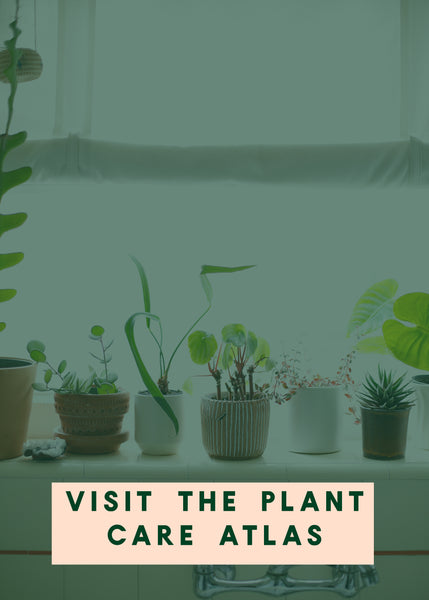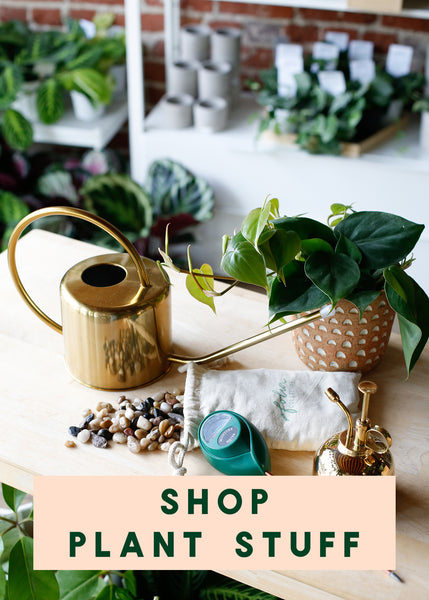Ask A Plant Pro: Transitioning Propagations from Water

Every month on our Instagram account we open up a question box for you to submit your plant questions. Think of it like a Dear Abby column but for plant-related questions. If we select your question, we'll send a treat to your Instagram inbox.
Dear Plant Pro: Can a cutting live indefinitely in water, or be planted in soil after a really long time?
-Puzzled Propagator in Pomona
Once you start experimenting with plant propagation, you may end up with a cutting that's been in water for awhile and wonder "how long is too long?". The answer, as with many things plant-related, is- it depends.


As a plant adapts to growing in water, the roots that form are actually slightly different from the roots that form when a plant is grown in soil. Water roots are typically smoother, without the little 'hairs' you usually see on soil roots. Those hairs help steer the root system towards water and nutrients. Roots in water don't need that direction, so they don't need the hairs.

Because of this difference in root structures, if your end goal in propagating is a potted plant (or to fill in an existing plant), here are a few tips for the best results:
- Transition your cuttings back to soil as soon as you have 1-2 inches of roots. This will minimize the shock to the roots as they adapt back to soil.
- Pre-moisten your soil before adding the cuttings. Soil should be damp, but not soggy before placing cuttings in it.
- Choose a container with ample drainage (as always), and thoroughly water after placing cuttings in soil. Keep soil fairly moist until the cutting has fully rooted in the soil- this will help any water roots make the transition to soil more easily.
If you've waited too long and the roots on your cutting are more than 3-4 inches long, you can still try to transition the cutting to soil, but just be prepared for the cutting to be stressed (leaf yellowing/leaf drop is common), and know that sometimes cuttings that have been in water too long die when you attempt to move them to soil.

Alternatively, you can grow many kinds of houseplants hydroponically- living in water indefinitely! Plants grown this way won't usually become as large or mature as plants grown in soil, but if you attend to their needs well, plants can grow and thrive in water long-term. A few things to be mindful of when growing plants this way:
- Change water regularly. This will help remove built-up mineral salts, as well as clear out any algae that's formed. We like to change our cutting water weekly at the shop.
- Consider using rainwater or distilled water. Both types of water contain fewer mineral salts, which is better for the roots and will minimize unsightly mineral build-up on the glass.
- Choose colored/opaque glass. Water in clear glass evaporates more quickly, and it's easier for algae to form, so colored or opaque glass- especially amber glass- will help vessels stay full of water longer and keep algae at bay.
- Provide nutrition for your plants with liquid fertilizer. Without access to nutrients in soil, you'll need to add them to the water using a liquid fertilizer. Be sure to dilute your fertilizer well to avoid 'fertilizer burn'. Specific dilution ratio will vary, depending on the brand of fertilizer- a good rule of thumb is to mix it at half the strength advised on the bottle (i.e.- use twice as much water, or half as much fertilizer, as the directions recommend).
Whether you transition your cuttings into soil quickly, or decide to grow them in water long-term, remember that propagation is always a bit of an experiment, so don't be discouraged if something goes wrong. Enjoy learning as you grow!





